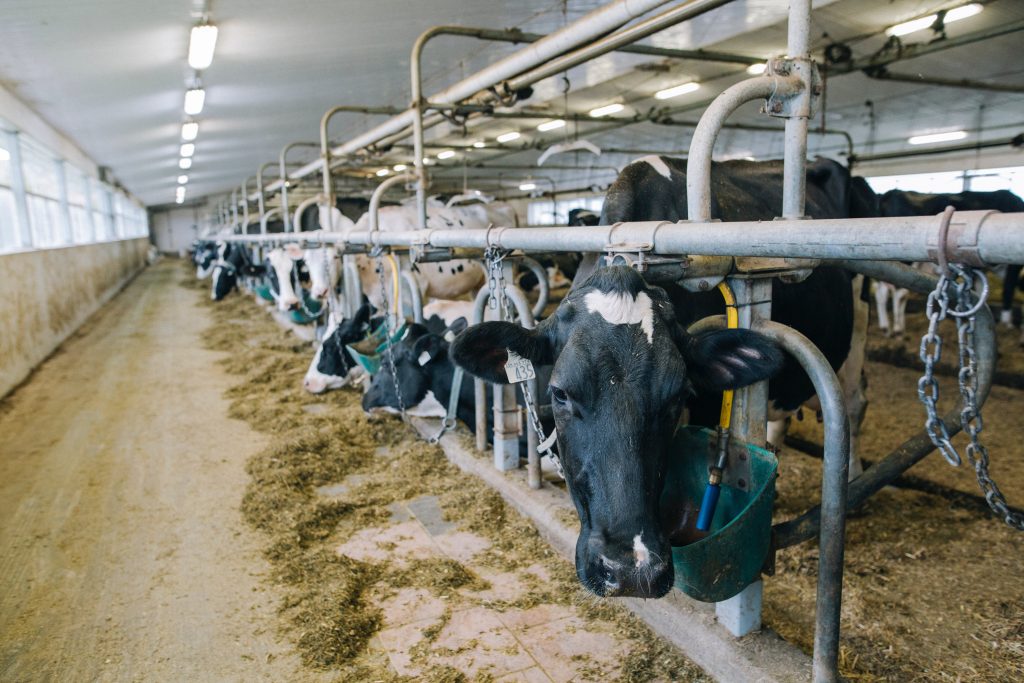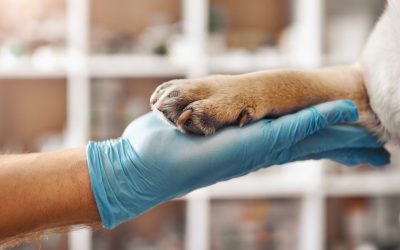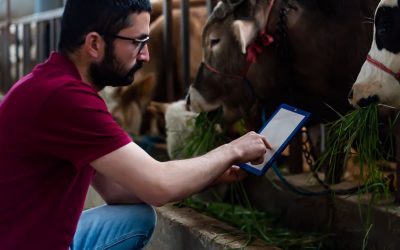Antimicrobial Resistance, Why is it Important in Veterinary Medicine?
Introduction: what is antimicrobial resistance, and why is it a problem in veterinary medicine?
Antimicrobial resistance (AMR) is a problem in veterinary medicine because it can lead to the development of resistant strains of bacteria. When these resistant strains develop, they can cause infections that are difficult to treat and may even be fatal. Antimicrobial resistance is a significant concern for both human and animal health, and it is vital to take steps to prevent the spread of resistant bacteria. There are several ways that antimicrobial resistance can develop in veterinary medicine. One way is through the use of antibiotics. When antibiotics are used inappropriately or overused, they can select for resistant strains of bacteria. Another way that antimicrobial resistance can develop is through the transfer of bacteria between animals and humans. This can happen when people encounter infected animals or their environment or when animals are given antibiotics that are ineffective against the bacteria they are infected with.
The problem of antibiotic resistance in animals
The problem of antibiotic resistance is particularly prevalent in animals. This is because antibiotics are commonly used in animal husbandry, and resistance can develop quickly. There are a number of ways in which antibiotic resistance can develop in animals. One of the most common is the overuse of antibiotics. This is when antibiotics are used unnecessarily for too long, allowing bacteria to mutate and become resistant.
The causes of antibiotic resistance in animals
Antimicrobial resistance is a growing problem in veterinary medicine. Many factors contribute to the development of antibiotic resistance in animals. Animals raised for food production are routinely given low doses of antibiotics to prevent disease and promote growth. This widespread use of antibiotics provides ample opportunity for bacteria to develop resistance. When bacteria are exposed to low levels of antibiotics, they can mutate and become resistant to that particular drug. These resistant bacteria can then spread to other animals and humans.
The consequences of antibiotic resistance in animals
The consequences of antibiotic resistance in animals are far-reaching and potentially devastating. When animals become resistant to antibiotics, those drugs can no longer be used to treat them effectively. This not only jeopardises the health of individual animals but also poses a number of threats to public health. Animals that are sick can spread antibiotic-resistant bacteria to humans through direct contact, contaminated food, or water. In addition, antibiotic-resistant bacteria can spread from animal to animal. As these bacteria continue to evolve and become more resistant, they become more complex and expensive to treat. The overuse of antibiotics in agriculture is a major contributing factor to the problem of antibiotic resistance. When antibiotics are used unnecessarily or improperly, it increases the chances that bacteria will become resistant.
Prevention of antibiotic resistance in animals
When antibiotics are used excessively, the bacteria they are meant to kill can develop mutations that make them resistant to the drug. These resistant bacteria can then spread to other animals and even humans, making it more difficult to treat infections. There are several things that can be done to prevent antibiotic resistance in animals. First, farmers and veterinarians should only use antibiotics when necessary, such as when an animal is sick or injured. Second, farmers should follow the recommended dosage and duration of antibiotic treatment prescribed by a veterinarian. Finally, farmers should ensure that all animals in their care have been vaccinated against common diseases so that they do not need to be treated with antibiotics unnecessarily. Following these simple guidelines can help reduce the spread of antibiotic resistance and keep our food supply safe.
Conclusion
Antimicrobial resistance is a global problem that is only expected to get worse in the coming years. The overuse and misuse of antibiotics in both humans and animals is a major contributing factor to the development of AMR. In veterinary medicine, it is crucial to use antibiotics judiciously and only when necessary. This means using the right drug, at the correct dose, for a suitable duration of time. It is also essential to educate clients about AMR and responsible antibiotic use. This way, they can make informed decisions about their pet’s health care. Ultimately, it is up to everyone to help slow down the development of AMR by using antibiotics wisely.



